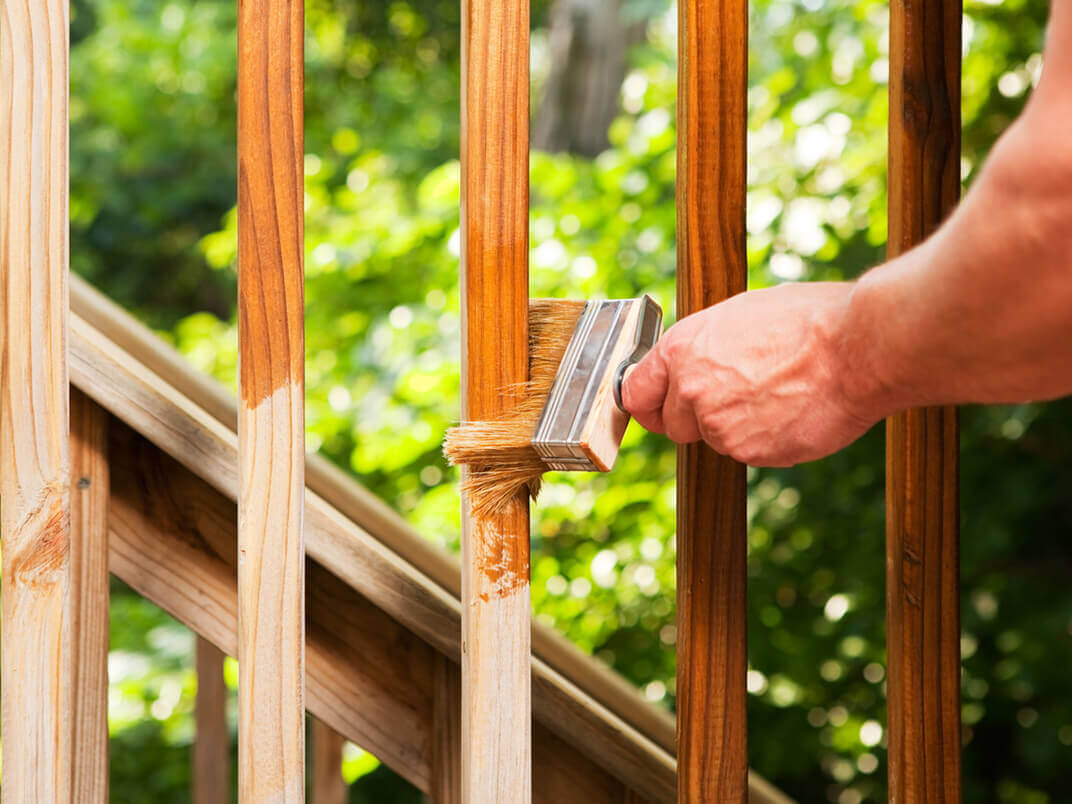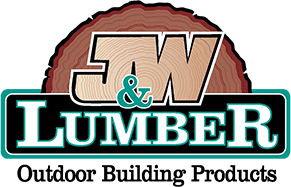
There are a lot of good reasons to build with wood.
- It’s plentiful.
- It’s pliable.
- It regenerates itself.
- It’s versatile.
- It’s easy to work with.
- It comes in a variety of types and styles.
Perhaps most importantly, though, is wood’s strength. Wood is naturally resistant to the forces of nature – just the way nature intended it. Though wood will last for years and years, eventually it will break down and decay.
There are some simple tactics that you can employ to mitigate this decay and ensure your wood structure retains its integrity for decades.
Why Does Wood Decay?
The short answer is – fungi. Microscopic fungus spores are all around us, and when the right conditions are present, they invade wood and cause rot. Those conditions – oxygen, warmth and moisture – are pretty much unavoidable. It’s a potent biological mix that happens naturally and purposely – but can spell trouble for manmade structures.
What You Can Do
Use sturdy wood
When you want a strong, reliable wood for building, Redwood and Cedar from your local lumber yard are your best bets. In fact, Redwood and Cedar will retain their integrity for a lifetime – as opposed to a more penetrable wood like Douglas Fir. They will, however, become discolored from both sun and water through oxidation and can benefit from some protective measures.
Stain it
We often think of staining wood as a cosmetic measure. Staining is a great way to give your wood a unique look – but it’s also an incredibly effective protective layer that will keep your wood structure from rotting, or at least slow down the process. Not all stains are created equal though. For wood protection, oil-based stains are the most effective. The oil penetrates the wood’s pores, where rot occurs, and seals them off from water. Staining your wood not only protects it from rot and water damage, it also blocks the UV rays from the sun that cause your wood to “gray,” making it look much older than it is. Oil eventually breaks down as well, so you’ll need to reapply stain about every two years.
Wash it
Sometimes, wood just gets dirty. While it may look like it’s 100 years old and about to crumble, that’s usually not the case. When wood begins to “gray,” it’s usually the result of tannic acid from inside the wood rising to the surface. Tannins don’t permanently change the color of wood. With some wood brightener, wood cleaner and a rag or brush, you can wash your wood and have it looking like new in minutes. If the tannins have been building up over a long period of time, you may even consider using a power washer to clean the wood. But be careful – too much pressure can damage the wood fibers.
PTL
Ever wonder how piers and docks hold their integrity despite being lashed with salt water and wind every day for decades? Pressure-treated lumber. Treated with chemicals that repel everything from insects to water to dirt, PTL is used for the most demanding structures. If you have a deck, the posts are likely made from PTL. It’s not suitable for every project – and it’s not the prettiest option, but if you need wood that will withstand the harshest conditions, PTL is a good choice.
Cover it
It may seem self-evident, but covering your project wood to protect it from the elements while you build your structure is essential. Most projects take a few days to complete. Wood left out can bend, twist and turn in the elements rendering it useless. If you don’t have a shed or garage to store the wood when you’re not using it, make sure it’s fully covered on the bottom and top with tarps.
Get tips on how to prepare your deck for entertaining.
WARNING: Spontaneous Combustion
Yes, spontaneous combustion is a real, actual thing. When you stain your wood, you must take care of the rags you use for staining once you are finished. As the chemicals from a stain dry, a reaction takes place that heats the molecules. When certain conditions are present – like high temperatures – the heat can be accelerated and result in the rag catching on fire. It seems like magic, and it’s rare – but it actually happens. 100 degrees is the flashpoint for oil-based stains to combust, so take extra care when working in hot conditions. To ensure you don’t start any accidental fires, wash your rags with water and lay them in the shade to dry.
Considering an outdoor building project and have questions? Call us today or stop by one of our lumber yards to speak to our knowledgeable staff.

I like that you mention something as simple as covering your wood. My brother is looking to get lumber supplies for his shed. I’ll be sure to talk to him about covering his wood. Especially with winter coming.